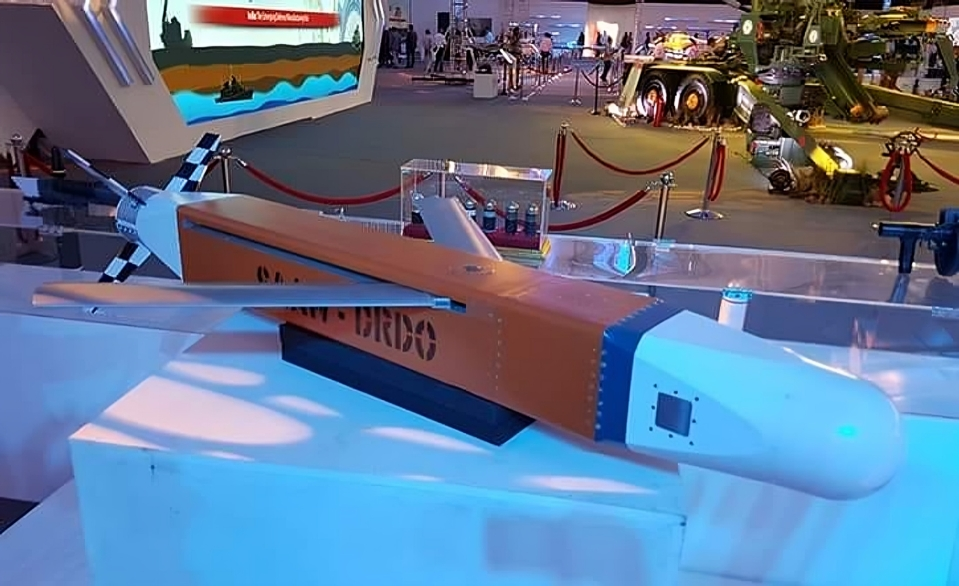The Indian Air Force (IAF) is preparing to operationalize the indigenous Smart Anti-Airfield Weapon (SAAW), a significant stride in India’s defense self-reliance and aerial strike capability. Developed entirely by the Defence Research and Development Organisation (DRDO), this state-of-the-art 125 kg precision-guided munition is designed to destroy enemy airfields, runways, bunkers, and critical infrastructure from a safe distance of up to 100 kilometers.
The SAAW offers a standoff strike advantage, allowing IAF fighter jets to neutralize high-value targets without entering contested airspace. This not only increases pilot safety but also improves mission effectiveness under combat conditions. The weapon has successfully passed multiple test trials since its first trial in 2016, with notable validations conducted from Su-30MKI platforms at the Integrated Test Range in Chandipur, Odisha in 2017. DRDO officials have highlighted the weapon’s superior precision and resilience against environmental interferences, making it more reliable than traditional gravity bombs.
Equipped with deep penetration capability and a high-explosive warhead, the SAAW is engineered for maximum impact against hardened targets. Its integration is planned across several aircraft platforms including the Dassault Rafale, HAL Tejas Mk1A, Su-30MKI, and Jaguar, greatly enhancing the strike potential of the IAF. Initially approved in 2013 with a sanctioned budget of ₹56.58 crore, the weapon’s procurement was cleared for both the Air Force and Navy in 2020, underscoring its strategic utility across services.
The deployment of SAAW comes at a time when the IAF is pursuing its modernization roadmap, aiming to expand to 42 squadrons by 2035 and maintain robust deployment of 450 fighter aircraft along the borders with Pakistan and China. Defense analysts see the SAAW as a force multiplier, offering tactical flexibility and reduced vulnerability in contested regions. Its development also reinforces the vision of Atmanirbhar Bharat by showcasing the DRDO’s growing capability in precision strike systems and next-generation aerospace technologies.













